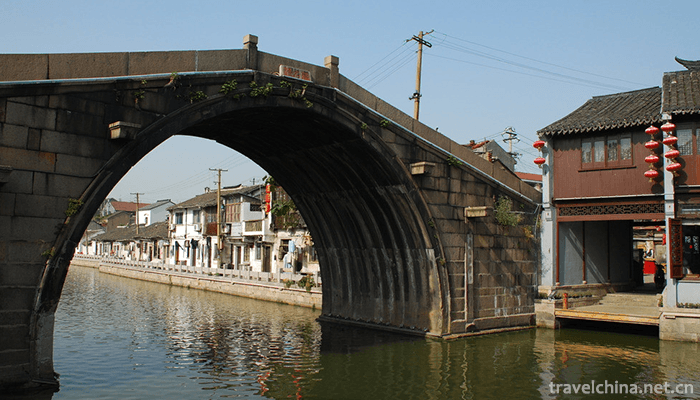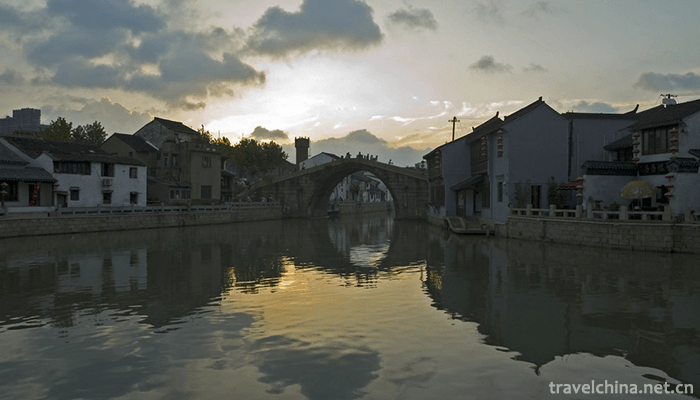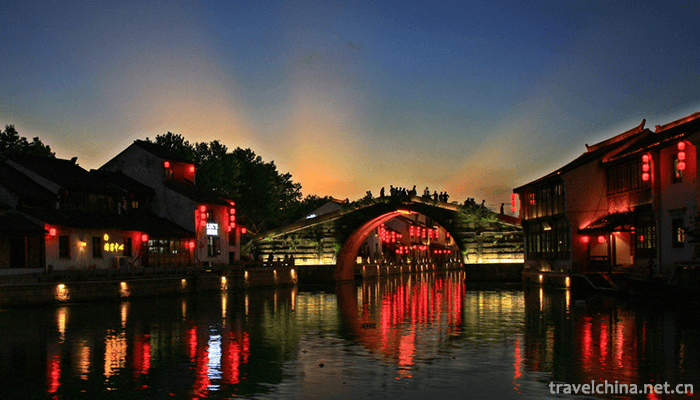Qingming Bridge Ancient Canal Scenic Area
Qingming Bridge Ancient Canal Scenic Area is located at the southern end of Wuxi city center, covering about 44 hectares of scenic area. The scenic spot is composed of two "Ya" millennial ancient rivers and two ancient streets along the rivers, which gather rich historical relics and humanistic landscapes.
Among them, the most famous one is the "Water Lane Hall in the South of the Yangtze River", which has the reputation of "Out-of-print Essence of the Ancient Canal". The sound of oars, shadows of lights, ancient bridges and houses along the coast constitute a natural picture of the ancient canal "folk customs and water painting outline". The ancient kilns, houses, streets, bridges, temples, pagodas, temples, alleys and wharfs in the Ming and Qing Dynasties can be regarded as a wonderful representation of Oriental culture.
introduce
Qingming Bridge Ancient Canal Scenic Area is located at the southern end of Wuxi City Center, covering an area of about 44 hectares. The scenic spot is composed of two "Ya" millennial ancient rivers and two ancient streets along the rivers, which gather rich historical relics and humanistic landscapes. Among them, the most famous one is the "Water Lane Hall in the South of the Yangtze River", which has the reputation of "Out-of-print Essence of the Ancient Canal". The sound of oars, shadows of lights, ancient bridges and houses along the coast constitute a natural picture of the ancient canal "folk customs and water painting outline". The ancient kilns, houses, streets, bridges, temples, pagodas, temples, alleys and wharfs in the Ming and Qing Dynasties can be regarded as a wonderful representation of Oriental culture.
Scenic Area Address
Address of scenic spot: junction of Jiefang South Road and Zhongshan Road, Wuxi City, Jiangsu Province (front square of Nanchan Temple)
Opening Hours
Opening hours: 8:30-21:30



0 Questions
Ask a Question
Your email address will not be published.